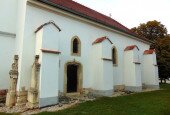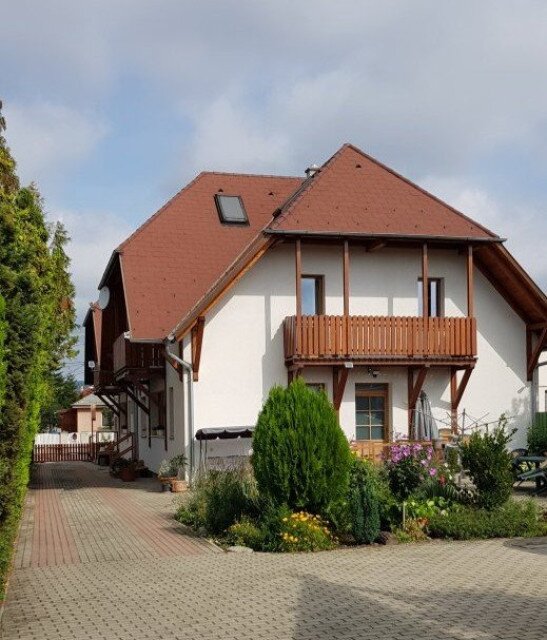Harka
Although the name of the village was first mentioned in written documents as Villa harka in 1245, the area has been inhabited since prehistoric times, as the route of the Amber Road passed by the village. The Hungarian and German (Harkau) name of the village also comes from the dignitary title "horka" or "harka" from the time of the Hungarian conquest. This position was the third most important one in the 10th century after the sacral ruler (kündü) and the "gyula" exercising executive power. Its bearers performed judicial duties. The village, located
“At the end of the 19th century, the Concordia Choir was a famous male choir in Harka. In 1881 Ferenc Liszt arrived in Harka by carriage on the way to Doborján, his hometown. From the least to the greatest of the village and the famous choir were waiting for the composer. After Ferenc Liszt was welcomed enthusiastically, the male choir sang in honour of the composer. The excited chorus began to sing at a tone that was too high, but still sang the song all the way through. “If I hadn’t heard it, I wouldn’t have thought you could sing it all the way through at this tone.” Liszt said, then walked over to one of the choir members, “Sir, you have gold in your throat,” praised one of the soloists. "
Attractions:
Roman Catholic Church: The church from the Árpád era still preserves details of its Romanesque and Gothic style, much of it was built in Baroque style in the 18th century. Entering through a nailed-studded door made by nailmakers, flashing whiteness and the deep blue of the altarpiece of the medieval apse painted by Ferenc Storno welcome you. On the southern side, the arched windows and the stone-framed door with reeds are from the Gothic age.
Lutheran Church: Due to the Decree of Tolerance of 1781, Lutherans were free to practice their religion and to begin to build churches; even though churches could only be built in courtyards and without a tower. After almost five years of hard and persistent work, the church was consecrated in 1787. By the 100th anniversary of the church in 1886, the congregation built a 42-meter-high tower. By the 150th anniversary in 1937, the dilapidated tower was renovated: it then took its present shape and final height of
Istenszéke Hilltop: In the southern border section of the Sopron Mountains, a long ridge stretches between the Muck and Istenszéke above Harka. Archaeological excavations uncovered traces of an Early Bronze Age motte castle on the hill, which guarded a prehistoric trade route that later became Amber Road.
Harka Cone: The Harka Peak, also known as Kogelberg, known by the locals as Kogli as well, is a nature reserve. One of its notable protected plants is the carline thistle.






